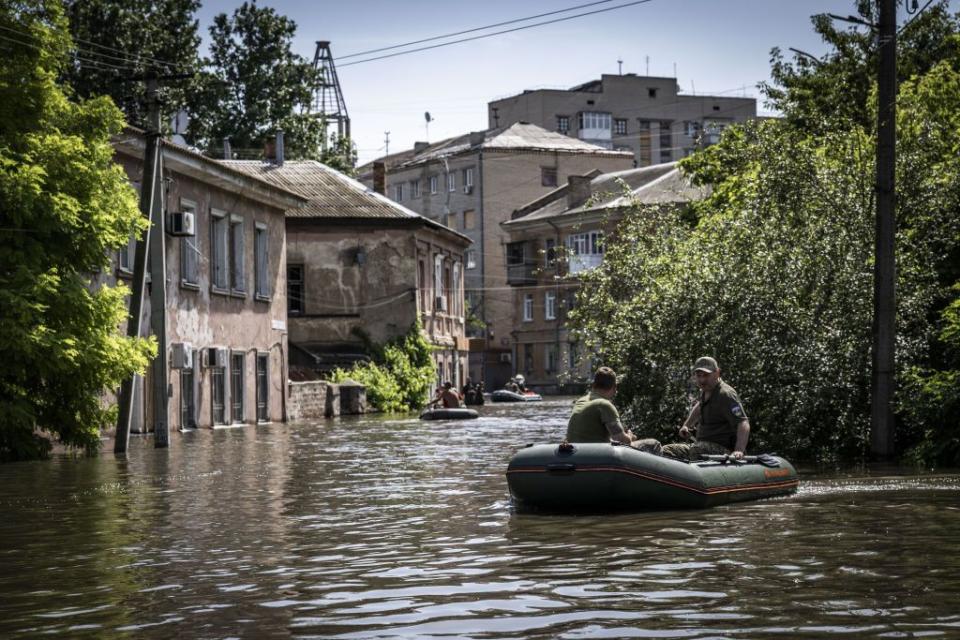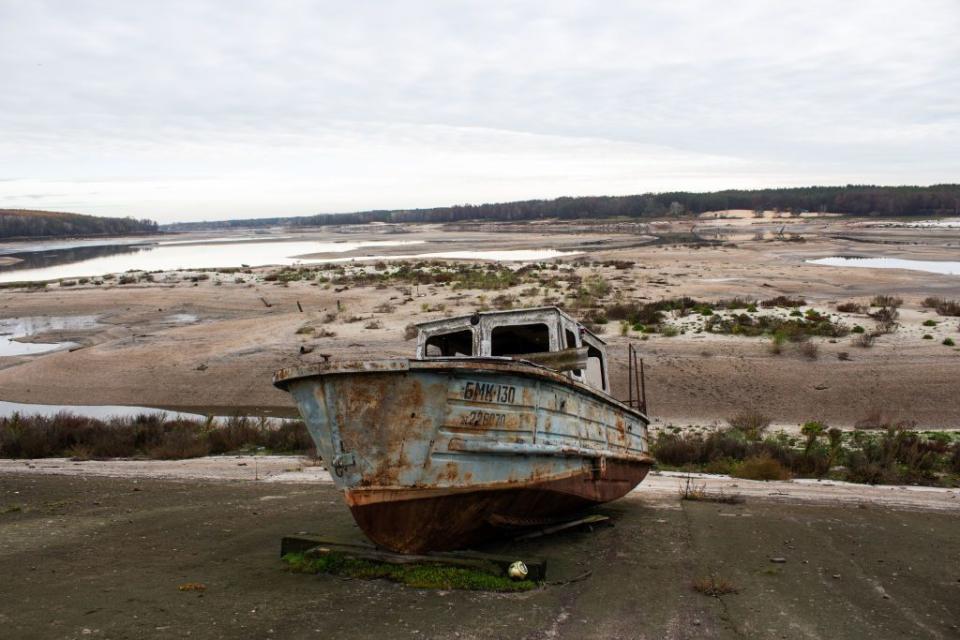Peter Gleick: A call to condemn attacks on water systems in Ukraine
Early in the morning of June 6, the massive Kakhovka dam on the Dnipro River, under the control of Russian occupying forces, was destroyed in the largest attack on vital civilian water infrastructure since World War II.
The dam and the reservoir behind it were built in the mid-1950s to provide water for growing Ukrainian cities, irrigation for Ukraine’s rich farmland, and hydroelectricity. It was one of the largest dams in Europe, and the reservoir held over 18 cubic kilometers of water – more than the entire average annual flow of the Colorado River in the U.S. In recent years, the reservoir also provided critical cooling water for the Zaporizhzhia Nuclear Power Plant and fed water in the North Crimean Canal.
The cause of the destruction has not yet been proven definitively, but growing circumstantial evidence points directly at Russia.
Russian forces seized the dam in February 2022 and have controlled it since. There is no evidence of the level of external bombardment that would have been needed to destroy the dam, which failed simultaneously in multiple locations, and some hydraulic engineers argue the dam could only be destroyed by internal explosives.


Norwegian seismographs recorded a massive signal at the time of the dam collapse, consistent with a major explosion, and President Volodymyr Zelensky has previously cited intelligence reports claiming Russian forces had mined the dam.
Oleh Ustenko, one of Zelensky’s economic advisors, said that the Russian government signed legislation a week before the dam’s collapse prohibiting any investigations until 2028 into accidents at hydro plants that occur as a result of military operations, sabotage, or so-called “terrorist activities” in Russian-occupied parts of Ukraine.
Russia also stood to gain the most from the flooding by slowing down the expected Ukrainian counteroffensive and forcing Ukraine to divert emergency personnel, equipment, and resources to deal with the effects of the flooding.

Russia has attacked other dams in Ukraine over the past year:
In April 2022, retreating Russian forces destroyed the dam forming the Oskil Reservoir in Kharkiv Oblast; In September 2022, a dam near the city of Kryvyi Rih was struck by Russian missiles; Missile attacks occurred in October 2022 on hydroelectric dams at Kremenchuk and on the Dniester River; the Dnipro Hydroelectric Station near Zaporizhzhia was attacked in December 2022 and again in February 2023; In May 2023, Russia destroyed the Karlivskyi dam in Donetsk Oblast; After the Kakhovka dam destruction, another dam was reportedly destroyed by Russian forces on the Mokri Yaly River in Donbas.
The impacts of the destruction of the Kakhovka dam are still unfolding, and the full consequences will not be known for some time, but thousands of people, on both banks of the Dnipro River, have been evacuated or trapped by the release of the reservoir, and injuries and deaths have been reported.
Large areas of land have been inundated, destroying property, crops, and livestock. Millions of fish have been killed as the waters in the reservoir drained off and swept downstream toward the Black Sea. Tons of oils and other contaminants have been swept into the river. The hydropower at the dam has been lost, as has reliable cooling water at the Zaporizhzhia Nuclear Power Plant, though backup cooling systems remain available there for now. And water levels in the reservoir have now fallen so low that water deliveries to the North Crimean Canal are no longer possible.


In the longer term, the water supplies for hundreds of thousands of people are now at risk if water cannot be drawn from the reservoir. According to the Ukrainian Ministry of Agriculture, tens of thousands of hectares of agricultural land have been lost to flooding below the dam, and upstream as much as 580,000 hectares may no longer be irrigable in the future, threatening even greater losses to Ukrainian harvests that have occurred over the past year.
Finally, legal experts say the intentional destruction of civilian water systems is a war crime, explicitly prohibited by several rules of international humanitarian and criminal law, including the Geneva Convention of 1949 and specifically the 1977 Protocols that prohibit attacks on infrastructure “containing dangerous forces,” including explicitly “dams” and “dykes,” if such attacks “may cause the release of dangerous forces and consequent severe losses among the civilian population.”
Beyond the human, environmental, and economic consequences of the destruction of the Kakhovka dam, this attack on critical civilian water infrastructure is a massive escalation in the war, and it should be loudly and unreservedly condemned by the international community.
Editor’s Note: The opinions expressed in the op-ed section are those of the authors and do not purport to reflect the views of the Kyiv Independent.

